- Written By Team DWS
- Japan
- May 24, 2025
Experience the Rhythm: A Deep Dive into Awa Odori Dance Festival
Every summer, the streets of Tokushima City in Japan transform into a vibrant tapestry of color, rhythm, and joy, all thanks to the Awa Odori Dance Festival. Celebrated for more than 400 years, this lively festival is a testament to Japanese culture, community spirit, and artistic expression. If you're looking to understand the cultural underpinnings of Awa Odori or simply seeking an unforgettable experience, there’s no better time to dive into the enchanting world of this traditional dance.
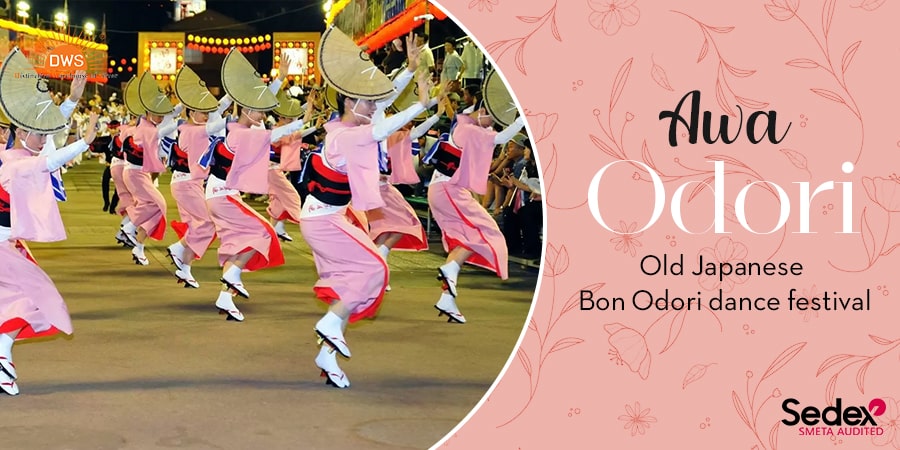
Historical Roots of Awa Odori Dance Festival
The Awa Odori Festival dates back to the Edo period when Tokushima was known as Awa Province. Its origins can be traced to the celebrations held during Obon, a Buddhist festival honoring deceased ancestors. As legend has it, a local lord laid out a grand feast, which spiraled into an impromptu performance by attendees who were overtaken by the spirit of dance and music. This carefree movement evolved over the centuries and solidified into the festival we know today.
Despite its surreal origins, Awa Odori has embraced various influences over time, with each generation adding their unique flavor to the dance. While the popularity of Awa Odori surged post-World War II, its essence remains deeply rooted in community participation and joyous celebration.
A Festival of Movement and Sound
Awa Odori is characterized by its lively and captivating dance style, where participants, known as "odori-nin," wear colorful yukatas (summer kimonos) and get lost in the rhythm of their footsteps. You’ll find various groups, or “ren,” performing choreographed routines as they weave through the streets, beckoning spectators—and fellow dancers—to join in the fun.
The dance movements consist of simple yet spirited steps, symbolizing the joy of life. Dancers typically follow a rhythmic pattern, with a signature “fune-fune” step that feels effortless—yet managing to exude a jubilant expression of community spirit. If you’re up for adventure, feel free to join in; the festival is not about perfection but rather embracing the experience. Anyone of any skill level can participate, reflecting the welcoming nature of the festival.
Accompanying the dancers is a euphoric blend of traditional instruments including the shamisen (a three-stringed instrument), taiko drums, and flutes. The music, filled with buoyant chants, beckons both dancers and onlookers to become part of the lively atmosphere. The haunting and invigorating melodies echo through the streets, creating a captivating backdrop to the colorful display of movement.
The Essence of Community
One of the most remarkable aspects of Awa Odori is its sense of community. The festival draws thousands of participants, from locals with generations of history in the dance to tourists hoping to engage with the culture. Watching groups of dancers, often comprised of families, friends, and neighbors, is a beautiful visual metaphor for the festival itself: a collective celebration that transcends individual differences and background.
In addition to the dance, the festival showcases other aspects of local culture through food stalls and crafts, presenting an opportunity for visitors to sample regional delicacies like Tokushima ramen and sweet potato chips. It is a feast for all senses, highlighting how cuisine, art, and movement intermingle in this vibrant celebration.
A Transformative Experience
Attending the Awa Odori Dance Festival is more than just observing a cultural event; it is an immersive experience that transforms your understanding of Japanese traditions. You’ll find the atmosphere charged with an energy that’s almost tangible, as laughter and cheers meld with the beats of the music.
As night falls, the streets become a sea of twinkling lights, and the dancers continue their performances, creating a magical ambiance that captures the heart of the festival. Nearby, spectators engage in games, share stories, and participate in impromptu dance-offs, inviting everyone to revel in the shared joy.
How to Experience Awa Odori
For those eager to be part of this vibrant festival, Awa Odori takes place from August 12 to 15 each year. The celebration is best enjoyed in Tokushima City, where main events occur, including dance performances and parades. To fully immerse yourself, consider arriving early to watch the preparation rituals, take in the atmosphere, and even learn a few dance steps from the locals before joining the fray.
In conclusion, the Awa Odori Dance Festival offers a unique opportunity to connect with Japanese culture through dance, music, and community spirit. Whether you’re a seasoned dancer, a curious traveler, or an avid culture enthusiast, this festival invites you to experience the rhythm, joy, and vibrant energy of a tradition that has danced across generations. Don’t miss your chance to become a part of this extraordinary celebration—because at Awa Odori, everyone can be a dancer.

Awa Odori FAQs: Your Guide to Understanding the Dance Festival
Certainly! Here’s a list of frequently asked questions (FAQs) about Awa Odori, the traditional Japanese dance festival held in Tokushima Prefecture.
1. What is Awa Odori?
Awa Odori is a traditional Japanese dance festival that takes place every August during the Obon festival. It is characterized by lively folk dances, vibrant costumes, and festive music, celebrating the spirits of ancestors.
2. Where does Awa Odori take place?
Awa Odori is primarily celebrated in Tokushima Prefecture, Japan, particularly in the city of Tokushima. It is also featured in various parts of Japan and abroad, showcasing its cultural significance.
3. When is Awa Odori held?
The festival runs for four days from August 12 to August 15, coinciding with the Obon holiday, although some local events may be held outside of these dates.
4. What is the significance of Awa Odori?
Awa Odori originated as part of the Obon festivities, which honor the spirits of ancestors. It is a way of welcoming and celebrating these spirits through communal dance and music.
5. What are the traditional costumes worn during Awa Odori?
Dancers typically wear a special yukata (summer kimono) that is light and breathable, often adorned with colorful patterns. Men usually wear a simple yukata tied with an obi, while women wear more elaborate designs and accessories, including woven straw hats called "tokkuri."
6. Is Awa Odori suitable for visitors to participate in?
Yes! Awa Odori is an inclusive event, and visitors are encouraged to join in the dance. Many local groups offer beginner dance sessions, so you can learn the basic steps to participate.
7. What type of music accompanies Awa Odori?
The festival features traditional folk music played on instruments such as shamisen (three-stringed instrument), taiko (drums), and fue (flutes). The music is upbeat and lively, encouraging participation.
8. Are there any food or snacks available during the festival?
Yes, numerous food stalls are set up during the festival, offering a variety of local delicacies and festival snacks, including yakitori (grilled chicken skewers), takoyaki (octopus balls), and sweet treats.
9. How long does the festival last each day?
The festival typically runs in the evenings during the four days, from around 6 PM until 11 PM, although specific timings may vary depending on the local schedule.
10. Is there an entrance fee for Awa Odori?
The festival is generally free to attend; however, certain organized events or special areas may charge a fee for access.
11. Can I take photographs during the festival?
Yes, photography is usually allowed and encouraged, but it's important to be respectful of dancers and participants. Asking for permission is always a good practice.
12. What accommodations are available in Tokushima during the festival?
Tokushima offers a variety of accommodations, including hotels, guesthouses, and traditional ryokans. It is advisable to book early, as places tend to fill up quickly during the festival.
13. Where can I find more information about Awa Odori?
For more details, you can visit the official Awa Odori website or the Tokushima tourism bureau's website, which often provide updated information, schedules, and tips for visitors.
Feel free to adjust any of the FAQs based on specific needs or additional information you might want to include!
Popular on Blogs
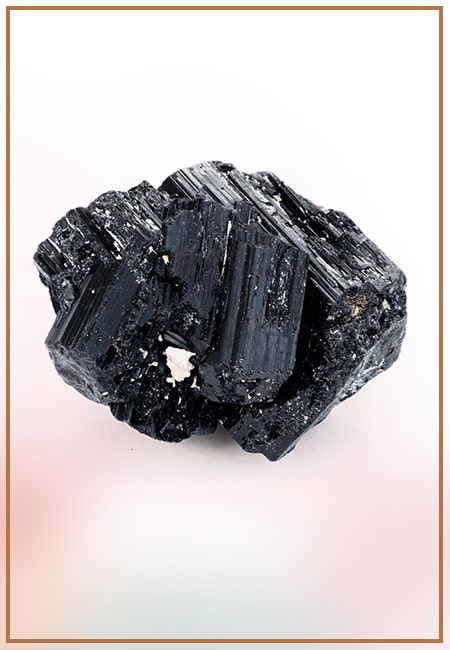
Black Tourmaline: Meaning, Healing Properties, Fascinating Facts, Powerful Attributes, Versatile Uses, and Beyond
September 05, 2023 / BY Team DWS
Black Tourmaline, also known as Schorl, is a highly revered crystal with incredible metaphysical properties. It derives its name from the Dutch word "turamali," meaning "stone with ..
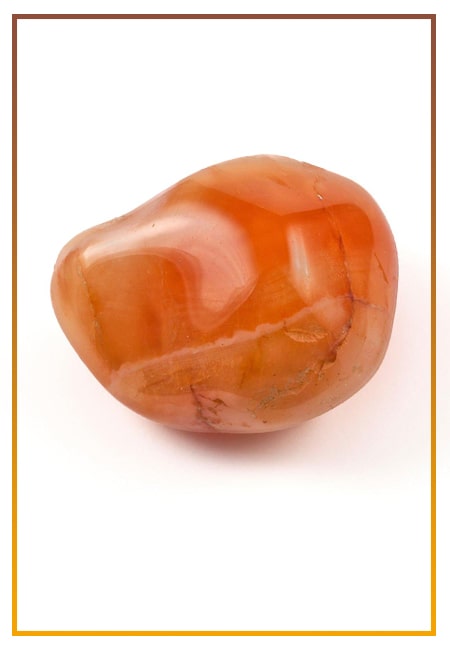
Carnelian Stone: Meaning, Healing Properties, Power, Facts, Color, Uses and More
December 26, 2023 / BY Team DWS
Carnelian is a vibrant and captivating gemstone that holds a plethora of meanings, healing properties, and powers. Its warm and fiery energy makes it a popular choice among crystal ..
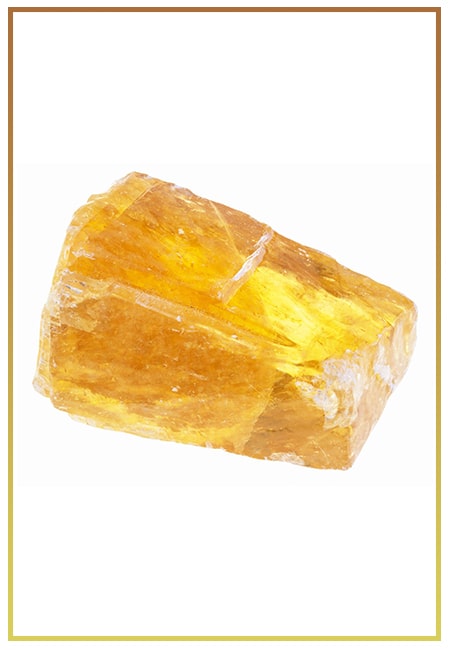
Citrine: Exploring its Meaning, Healing Properties, Fascinating Facts, Powers, Versatile Uses, and Much More
November 18, 2023 / BY Team DWS
Citrine, with its warm golden hues, has captured the attention and imagination of people for centuries. This beautiful gemstone, commonly associated with wealth and prosperity, hol ..
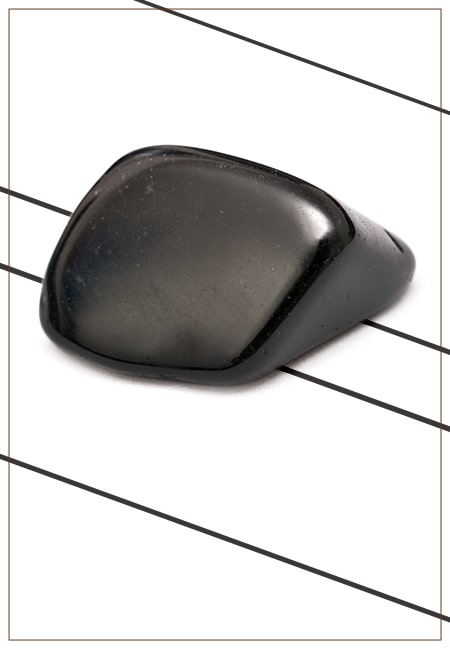
Black Onyx: Unveiling the Meaning, Healing Properties, Fascinating Facts, Powerful Attributes, Versatile Uses, and Beyond
July 25, 2023 / BY Team DWS
Black Onyx, a striking gemstone admired for its deep black hue and elegant appearance, has captivated people for centuries. In this comprehensive guide, we will delve into the mean ..
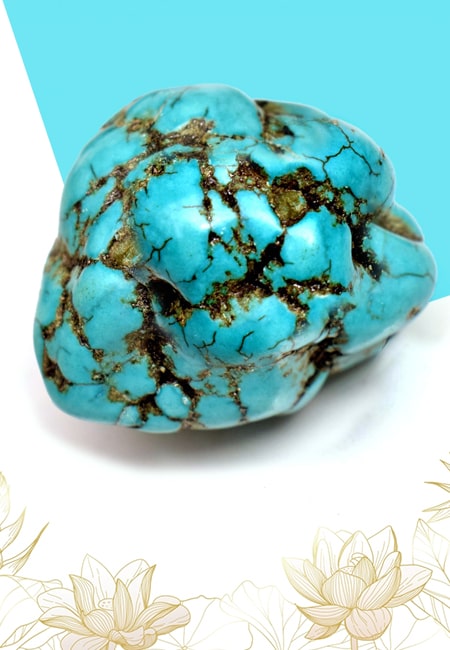
Unveiling the Mysteries of Turquoise Stone: Exploring its Meaning, Healing Properties, Power, Facts, Color, Uses, and More
December 05, 2023 / BY Team DWS
Turquoise, with its captivating blue-green hue, has been adorning jewelry and artifacts for centuries. This striking stone has a rich history, rich symbolism, and a plethora of int ..
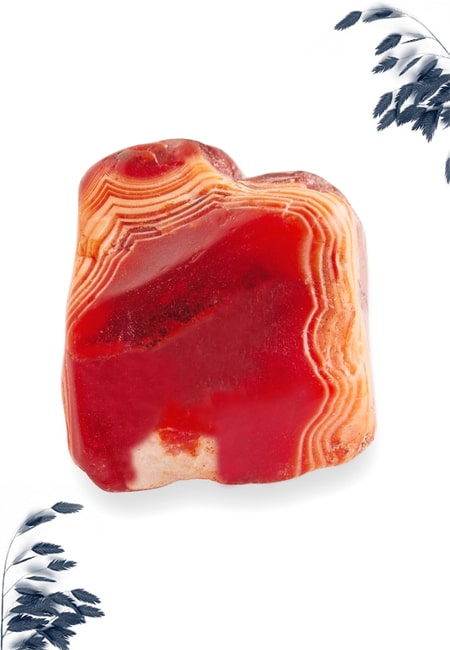
The History Behind The Popularity of Red Agate
December 23, 2022 / BY Team DWS
An Agate is a type of magma rock that takes many years till it is washed out naturally into the water. And that is the reason this stone has elements of water. This beautiful stone ..
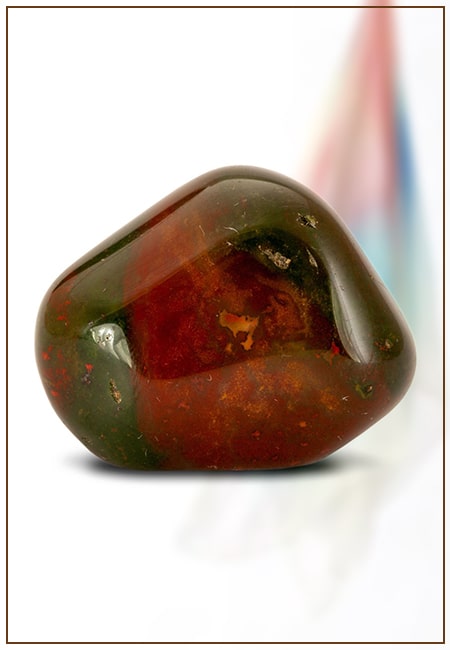
Bloodstone: Unveiling the Meaning, Healing Properties, Facts, Powers, Uses, and More
August 21, 2023 / BY Team DWS
Bloodstone, with its captivating deep green color with specks of red, is a mesmerizing gemstone that has fascinated civilizations for centuries. It possesses unique healing propert ..

Plan a Perfect Valentine's Week with Our Valentine Week List 2025
January 22, 2024 / BY Team DWS
Valentine's Day is undoubtedly the most romantic day of the year, but we believe that one day is just not enough to express your love and make your partner feel special. That's why ..


